Not everything in life is appropriately named.
You drive on a parkway, but you park on a driveway. The Big 12 has 10 members, the Big Ten has 12.
But then there’s the appropriately named time of year called March “Madness.”
This where college basketball fans go mad in filling out their brackets. Why? No matter how much time they’ve spent watching basketball, studying statistical metrics, and analyzing all the brackets, it’s still very difficult to predict what will happen next.
In fact, you’re almost at a disadvantage when it comes to winning your office pool against those who make predictions based on team colors, or the fact that their cousin went there, or just because. Good luck competing against that kind of logic.
So what is it that makes it so crazy to predict? Simple—the best team doesn’t always win. Instead of the NBA’s best-of-seven, home-and-home playoff series, these games are played at neutral sites in a single-elimination format. That kind of win-or-go-home pressure can sink even the best of teams.
With that in mind here are some loose guidelines to follow when filling out your winning bracket.
1. Only once (2008) have all four number one seeds made the Final Four since its expansion to 64 teams in 1985.
What seems so obvious as a novice to the NCAA tournament’s ways—picking the top teams to continually advance—doesn’t always work out. In fact as late as 2011, none of the four top seeds won its region and only one (Kansas) even advanced to the regional final.
2. When conference rivals play, throw out the records.
This was especially true in the 1980s. In 1985, the national finals were between Big East rivals Georgetown and Villanova. The top-seeded and defending champion Hoyas entered the game with a 35–2 record and a sweep of the two-game regular season series against the eighth-seeded, 24–10 Wildcats. Villanova won, of course, 66–64.
Three years later, sixth-seeded Kansas played conference rival Oklahoma in the final. Though the 35–3 Sooners had swept the 26–11 Jayhawks in the regular season series, but the Jayhawks topped them the third time 83–79 for the title.
3. The element of surprise is usually only good for one tournament.
Remember Davidson’s run in to the Elite Eight in 2008 with Stephen Curry? They haven’t won a tournament game since. Or how about George Mason’s run to the Final Four in 2006? They’ve won once game since then.
Even mid-major power Gonzaga, which advanced to Sweet 16 in 2000 and 2001, has yet to make a regional final.
Butler is an obvious and sole exception to the rule of course. But for this year’s bracket, 2011 Final Four participant VCU, won’t be sneaking up on anyone this time around.
4. It’s very, very difficult to beat a team four times in one season.
Though Michigan State last pulled the feat in 2000 by beating Wisconsin four times, this is difficult to accomplish, let alone set up.
There are a few teams who have already beaten fellow tournament teams three times this year. Kansas (Iowa State and Kansas State,) Miami (North Carolina,) St. Louis (Butler), Gonzaga (St. Mary’s), and UCLA (Arizona), would have a tough time should they try to pull off a fourth win.
5. Coaches generally have the biggest influence on how far their team will go.
Four of the last six coaches to win the tourney (Jim Calhoun, Mike Krzyzewski, Roy Williams, and Billy Donovan) were winning it for the second time. The other two coaches in that span (Bill Self and John Calipari) look like they may win it again soon.
Among those who have their programs rolling yet haven’t advanced to the Final Four are Mark Few, Jamie Dixon, Bo Ryan, and Mike Brey. Among those with the most Final Four appearances are Rick Pitino and Tom Izzo with six, Roy Williams with seven and Krzyzewski’s incredible 11.
Of course, Krzyzewski’s second-seeded Blue Devils were ousted in the opener last year so even this is a loose guideline. Were it as easy as that, we might as well call it the NBA playoffs.
The Epoch Times publishes in 35 countries and in 21 languages. Subscribe to our e-newsletter.
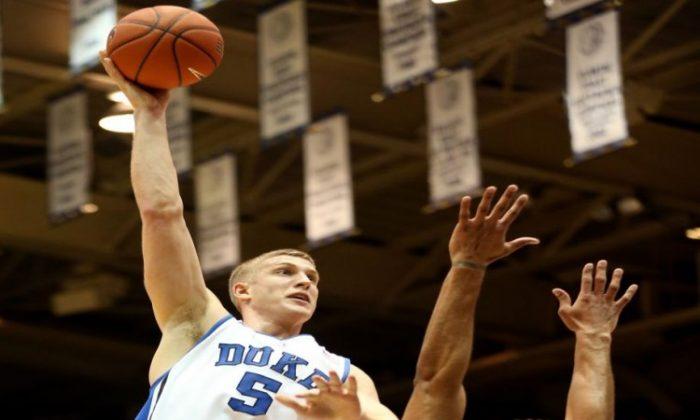

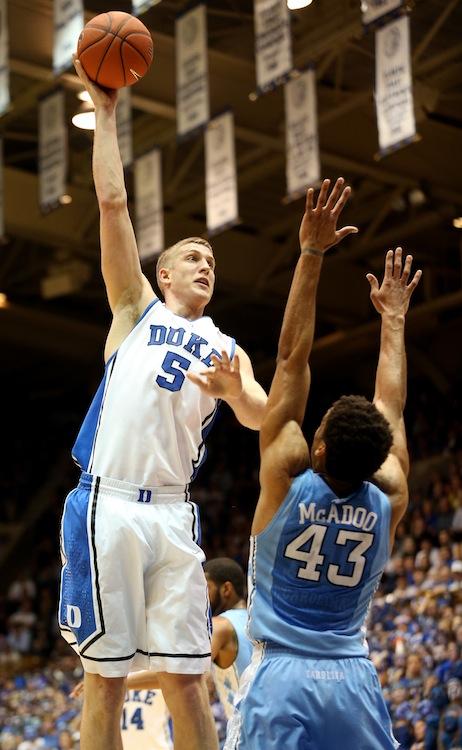
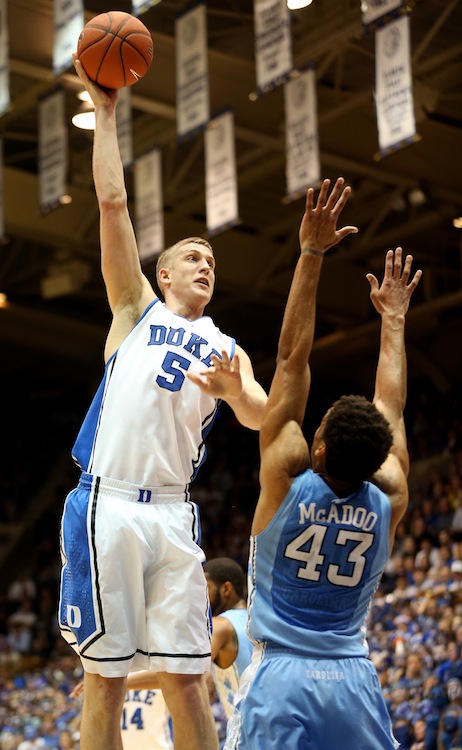

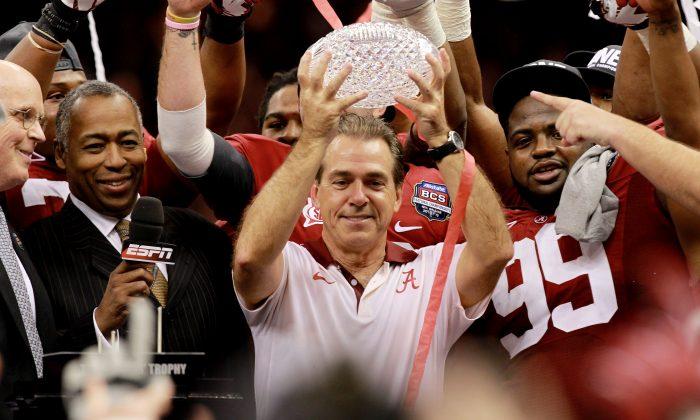
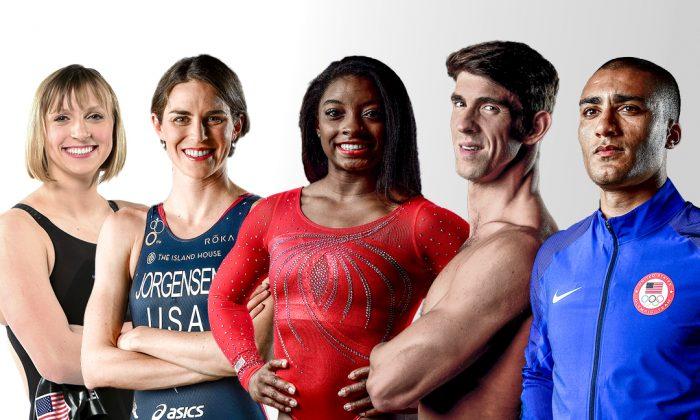
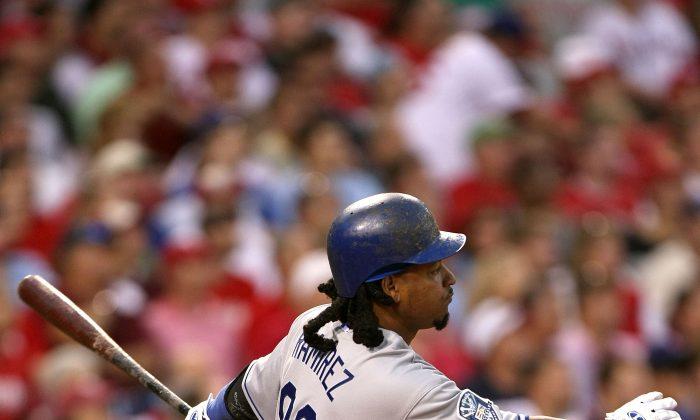
Friends Read Free